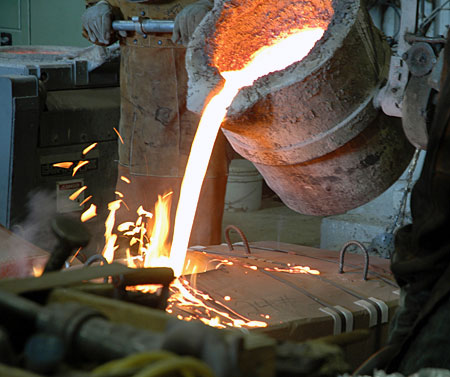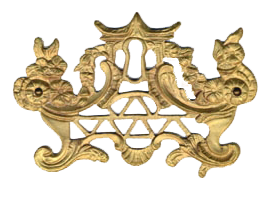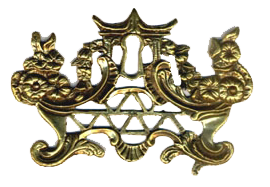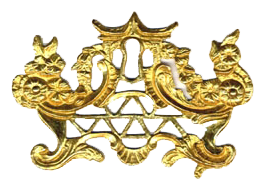Lost Wax Casting

Brass Casting

Perseus Holding the Head of Medusa
In the Renaissance, Italian sculptors perfected the process for bronze statues such as the magnificent bronze statue made in 1545 by Benevenuto Cellini, housed in the Loggia dei Lanzi in Florence; “Perseus Holding the Head of Medusa”.
The modern process was developed about 100 years ago principally to cast gold, silver and platinum for jewelry. Important developments were the invention of rubber molds, which could produce the same wax shape repeatedly, and the spinning or vacuuming of a flask, so that molten metal could thoroughly fill the space originally occupied by the wax. Improvements in rubber technology, particularly by rubber mixtures hardened by acid, and of new wax varieties, have increased accuracy and diminished shrinkage to less than 2%.
In the process of reproducing a piece of hardware, the original brass is supported in a small box by a small wax sprue. A sprue is a ribbon-like wax attachment to the brass, which will serve as a channel for the liquid wax and later as a channel for the molten brass.

Raw Casting

Casting with Patination

Mercury Fired Guilding
The next step introduces the molten brass into the cavity left in the investment after the wax is burned off in the kiln. The type of brass used in this process is called alpha-beta brass; also called yellow metal or Muntz metal. The molten brass is put into the empty mold either by a centrifugal (spinning) process or by a vacuum process. Small hardware, such as posts, small plates and bails are made using the centrifugal method and heavier items, such as large Sheraton knobs are made using the vacuum process. In the centrifugal process, a charge of molten metal is introduced into the can, which is spun on the end of a long arm, which is also revolving-thus multiplying the centrifugal force. Vacuum casting uses a pump to evacuate the air from a chamber in which the flask, charged with molten metal, is placed. This pulls the metal into every nook and cranny.
The metal solidifies and the investment or plaster is broken away and removed to reveal the brass object: the sprues are cut off the central spine and the sprues are carefully ground away from the brass piece, leaving an object in metal which is an exact reproduction of the original.
The use of the modern technique to make replicas of brass furniture fittings was very rare until the last quarter of the 20th century. This method has revolutionized one aspect of antique furniture restoration by allowing the use of period originals as the template to begin the process.

